The High Line's Impact on New York City
The High Line in New York City is an iconic example of urban revitalization, transforming an abandoned industrial rail line into a vibrant, landscaped public park. The High Line story is one of evolution, from its origins as a bustling freight rail line to its decline and eventual rebirth as a symbol of innovative landscape, urban design.
Experiencing the High Line was a thought provoking and energizing experience. It made me feel optimistic about the future of our cities, and it showed awareness and an effort to reintegrate nature into our urban environments.
Walking on the High Line was a strange, but it was also a pleasant sensation. It was very different from my previous visits to New York, where I only engaged with the city from the streets and sidewalks at ground level. These visits seemed immersive and thrilling, but the chaos of dodging pedestrians and cars distracted me from the opportunity to really absorb my surroundings fully.
The experience of the High Line relieves me of that chaos, and it gave me the space and the perspective to absorb more of this city from a different vantage point, which was above that chaos. I was impressed by the High Line from the experience it offered to the history and the design of the structure from nearly every angle. I sense that there was great care, and great skill went into its creation.
The High Line was originally constructed as part of the West Side Improvement Project, one of New York City's most ambitious infrastructural undertakings. was completed in the early 1930s amid the Great Depression, and this project aimed to elevate the railway above street level to improve the safety and transportation efficiency. The original train line ran on the ground level. Because the line ran between buildings, it was difficult for pedestrians to see trains coming along and this resulted in many deaths, on specifically 10th Avenue. The rail company decided something needed to be done, so they built an elevated rail line above the same path.
The labor for the project was mobilized from the Works Progress Administration, part of the stimulus program from Franklin Roosevelt's New Deal. The High Line stretched 13 miles along Manhattan's West Side, connecting factories, warehouses, and distribution centers.
In its heyday, the original rail line played a crucial role in the city's industrial economy. Trains transported meat, dairy produce, and other goods to buildings along its path. it facilitated seamless cargo loading and unloading, helping to fuel industries growth in the Meatpacking District, Chelsea and beyond.
For me, the High Line exemplifies authenticity. The original railway was embedded in the city for decades. It was part of New Yorkers experience. They were familiar with it, and they identified with it. In an effort to preserve the structure, they in effect preserved that identity, keeping it intact and authentic. However, the High Line's prominence began to wane in the 1950s and 60s, with the rise of the interstate trucking and changes in the food industry. These shifts led to the declining rail freight traffic, rendering the High Line to be slowly obsolete.
By the 1980s, the once thriving railway had fallen into complete disuse and sections were being dismantled or they were overgrown with vegetation. Proposals to demolish the structure began to circulate, but amid the decay a spark of hope emerged. A vision to transform the derelict railway into something new and meaningful began to arise.
In 1999, two neighborhood residents, Joshua David and Robert Hammond, founded the “Friends of the High Line” program, a community based nonprofit organization with a mission to preserve and repurpose this old railway. Their vision was to transform the High Line into a linear public park, serving the community and honoring the city's industrial heritage. The visions stemmed from photographs of the self-sown plant growth that began to germinate on the old railway. In many ways, the idea of the High Line came from Mother Nature itself. Photos of the High Line taken in the early 1990s show nature reclaiming that structure, and the design team's goal was to recapture the essence of those original photographs and make it accessible to the public.
The turning point came in 2003, when a design competition attracted innovative proposals worldwide. The team of Diller Scofidio + Renfro and James Corner Field operations was selected to lead the redevelopment. Their winning design envisioned a dynamic public space blending the existing urban relic and nature. The design of the High Line is an interplay between path and nature. Concrete planks line the paths which gently dissolve and taper into the natural vegetation. Piet Oudolf, the project's leading plant designer, selected perennial hardy species that sustain themselves and year-round naturally with very little maintenance.
The planting mimics a natural meadow, appearing relatively unobstructed and playful. There are many incredibly thoughtful and clever details of the High Line. One of which is the design language used to transition from the garden to the walking paths. As I mentioned, the paver pattern is designed to dissolve slowly into the landscape. This transition eliminates abrupt edges between the path and the garden. The designers chose to reintroduce elements of the original railway into the design playfully.
Old train tracks have been preserved as landscape elements, along the sundeck and chairs that slide on an old rail track, reminding users of the original intent of the structure. These thoughtful nods honor the High Line's history and provide clues to its original use.
The transformation of the High Line into a public park was a multi-phased project that began with the opening of the first portion in 2009. This initial phase introduced visitors to a lush green space with pathways, seating areas, and native plantings. It quickly became a popular destination for both locals and tourists in New York.
Subsequent sections were then opened in the following years, extending the park's reach and adding new features each time. The final section, reaching 34th Street, was completed in 2014. Each segment of the High Line was thoughtfully designed to reflect the character of its surroundings, while also offering a diverse range of experiences, as one progresses along the path.
The High Line is always evolving because of the nature of the landscape and the plant medium that was chosen on the project. Visitors can never experience the same High Line twice. It is always evolving relative to the seasons, the daily microclimates, times and the weather. It's imperfect, and it doesn't attempt to show perfection like a static work of architecture might, which is constantly resisting the effects of Mother Nature. Its gardens accept the seasons and reflect them.
The High Line elevates visitors roughly three stories above the ground. A unique and unusual way to experience the city. Many have described this sensation as a park in the sky. At this level, visitors can move through the city for nearly 22 blocks. Visitors to the High Line become performers on a stage in many ways. They walk down the promenade, on display to those peering down from the surrounding buildings. The visitor plays the leading role in an urban theater in many ways. The High Line is also a viewing apparatus for observing the city below. It facilitates a slower, more removed, and less intense city experience relative to the sidewalks.
It's a place where you can observe the city below and be in the city, but simultaneously feel removed, protected, and within. This starkly contrasts its original industrial intent to increase speed and efficiency. The typical way of life in New York is fast paced. It's rushed, it's hustled. This greatly contrasts with the experience on the High Line, with recent trends in minimalism, slower living, and more contemplative, intentional daily rhythms, the High Line fits right in. It interrupts and challenges the norm and the identity of New York City.
The High Line has a strange but charismatically split personality as an aged relic of post-industrial America and a thriving natural garden. The first personality is that of the iconic industrial city, with its traditional yellow taxis, steel skyscrapers and infrastructure that's iconic in the 20th century. The second is that of the eco conscious, health-conscious city of the early 21st century. The High Line beautifully synthesizes these two iconic personalities of New York City. The design cannot be mimicked or reproduced. It's highly site specific; this was achieved by closely reading the site and its history. The High Line amplifies the past, present, and future. It unveils an evolving and developing understanding of the city's perceived human needs and values from one era to the next.
Some have described the High Line as an ancient ruin, like the ruins of ancient Rome. They can transport people back in time. The High Line is a ruin of modern industrial New York that tells the story of the thriving, prosperous epoch in the city's history. Ruins captivate viewers and visitors, enchanting them with the nostalgia and the romanticism of what life was like during that time. The High Line has a similar effect on the people who visit and experience it. It brings visitors back in time to a beautiful moment in the history of New York City.
There are many different opinions on the successes, the failures, the positives, and the negatives of the High Line. However, in my view, it was a success. It's revitalized the surrounding neighborhoods, particularly in the Meatpacking District and Chelsea, transforming them into vibrant and desirable areas. The influx of visitors has spurred economic growth, leading to the establishment of new businesses, restaurants and cultural institutions. With this, though, we do need to be conscious of not stealing the soul out of the original neighborhoods that the High Line existed in.
Behind its immediate surroundings, the High Line has become a significant cultural and recreational hub. It attracts millions of visitors annually, offering a unique perspective of the city and its skyline. The park has also hosted art installations, performances and community events cementing its role in the city as a dynamic public space. The High Line's remarkable journey from an industrial rail line to a thriving urban park is a testament to the power of community advocacy. Innovative design, and the ability to reimagine what was once considered obsolete.
Today, the High Line symbolizes New York City's commitment to preserving its history while embracing progress. Its impact on the city and the world of urban design is undeniable, serving as a beacon of inspiration for future projects all over the world. As visitors stroll along the elevated path, they're not only experiencing a beautiful park, but also a living piece of the city's history. In this place, the past and the future coexist harmoniously.
Thanks for listening. If you'd like to learn more about the High Line, there's an article at rostarchitects.com that goes a bit more in depth in the approval process, some of the nuances of the construction and detailing of the structure. I'd recommend you take a look at it. If you like this video, please let us know what other interesting architecture we can talk about. Thanks for watching.
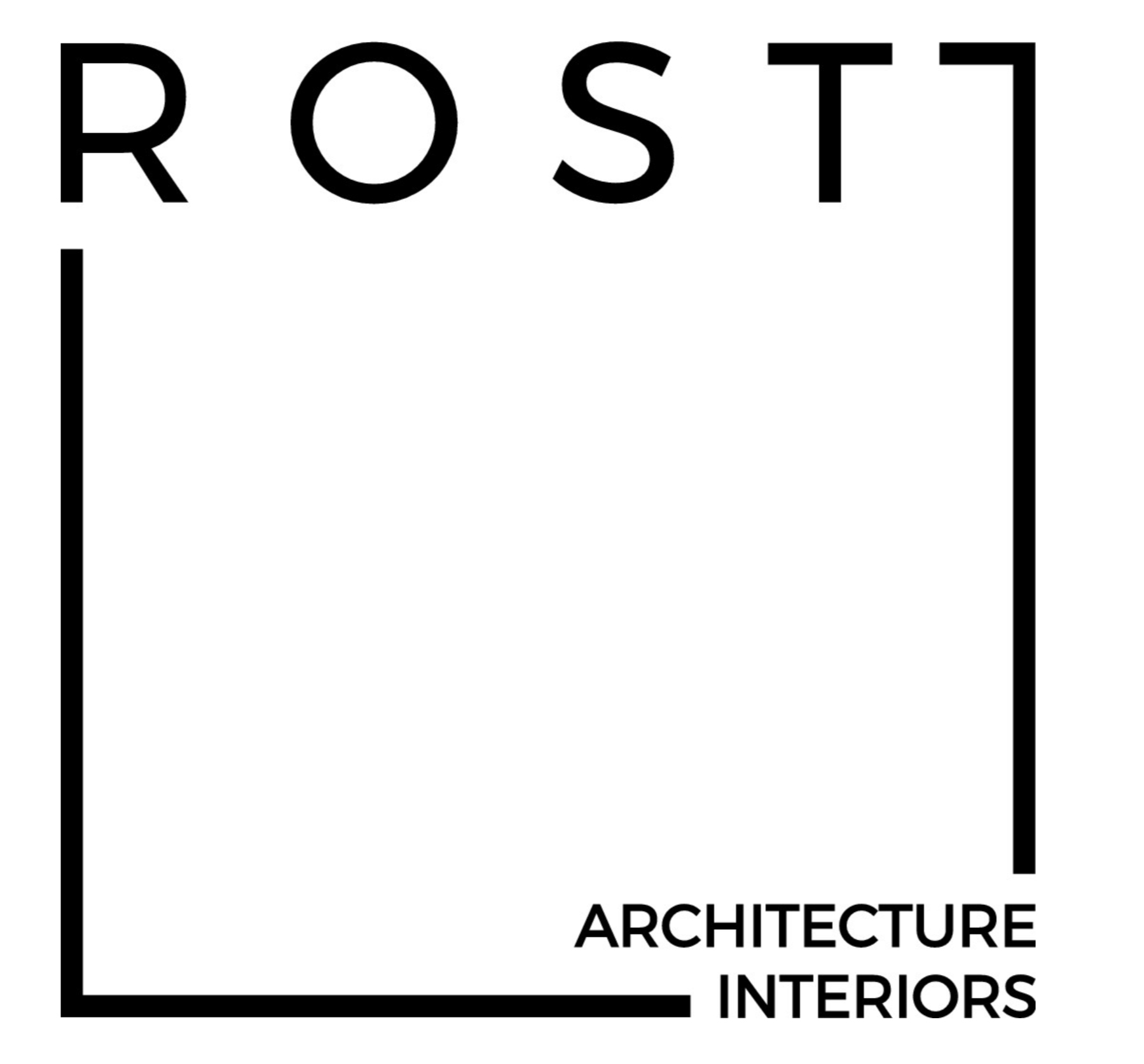
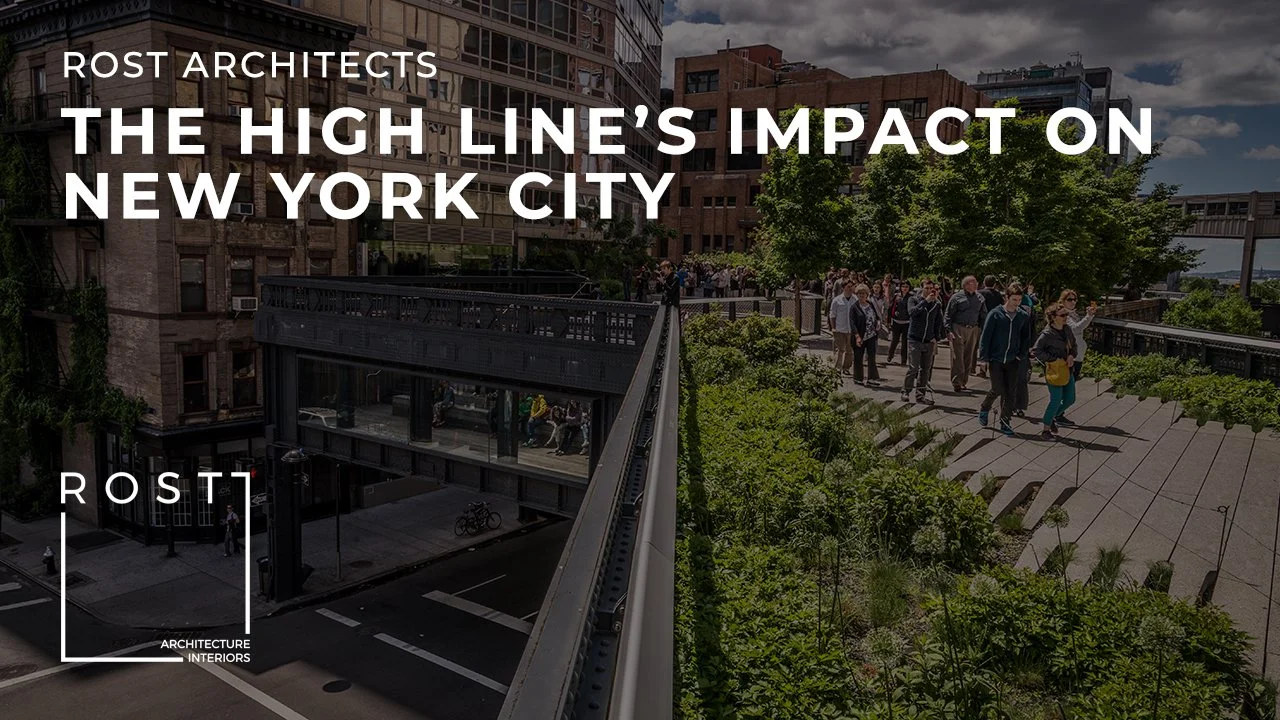




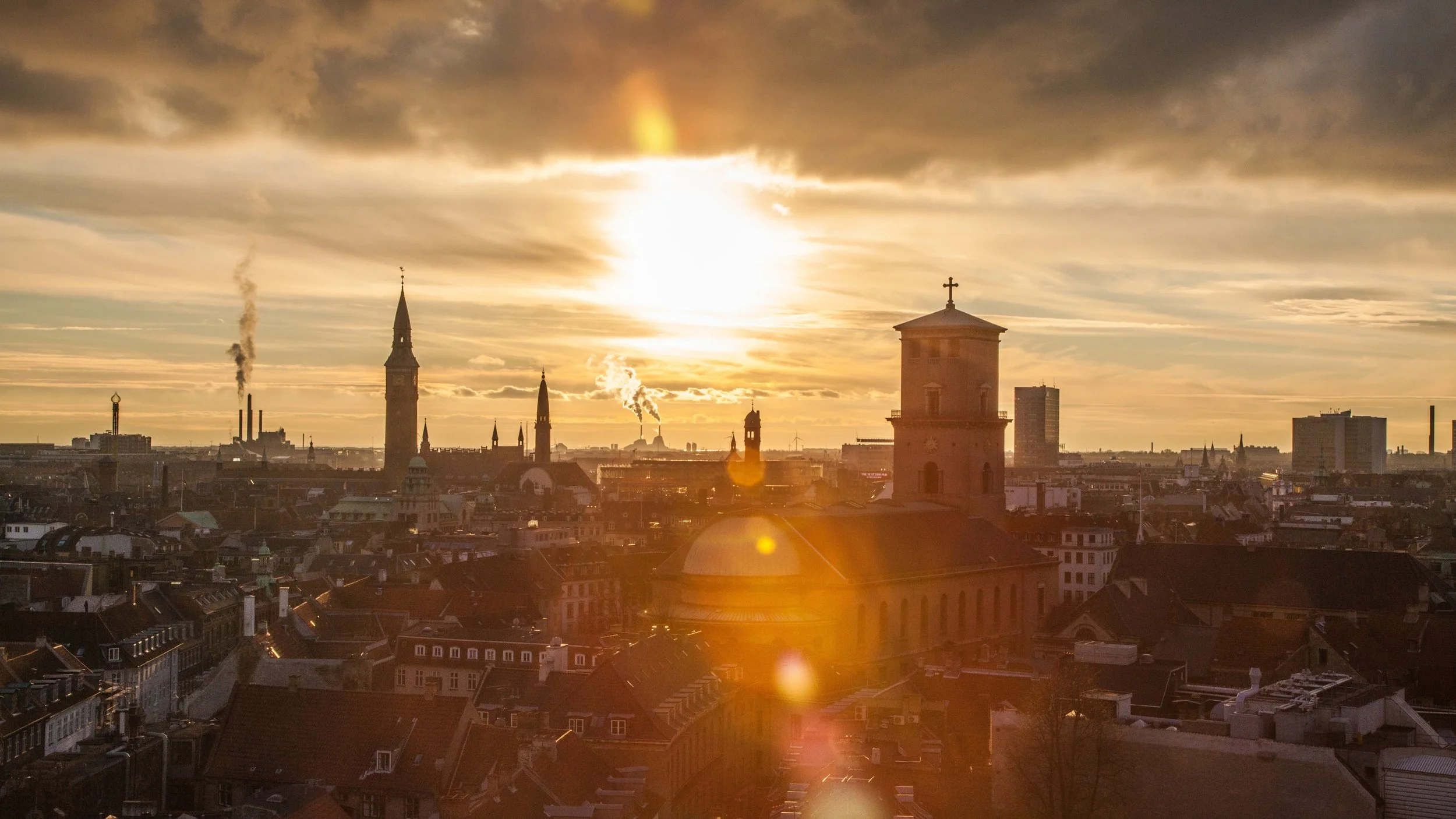


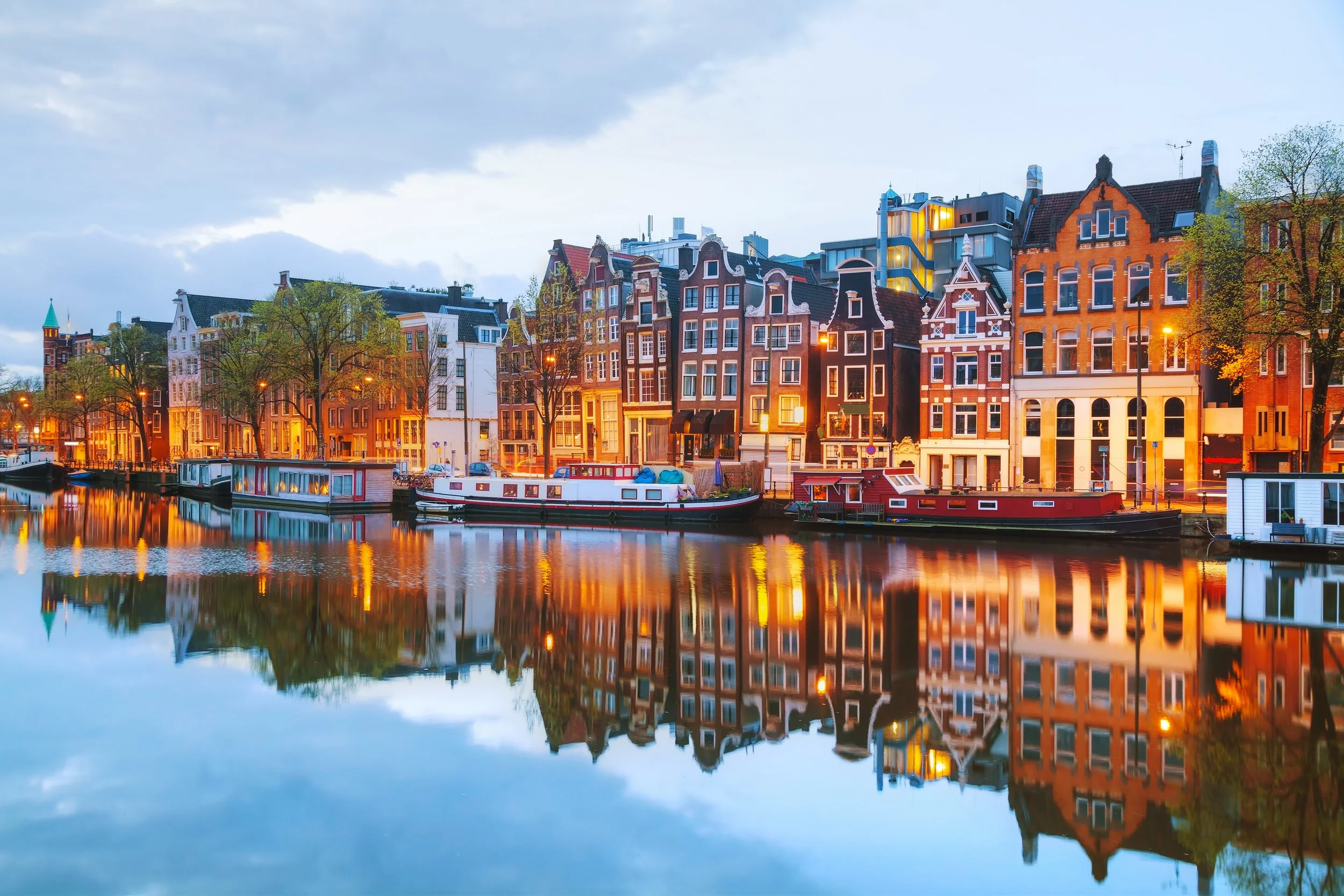
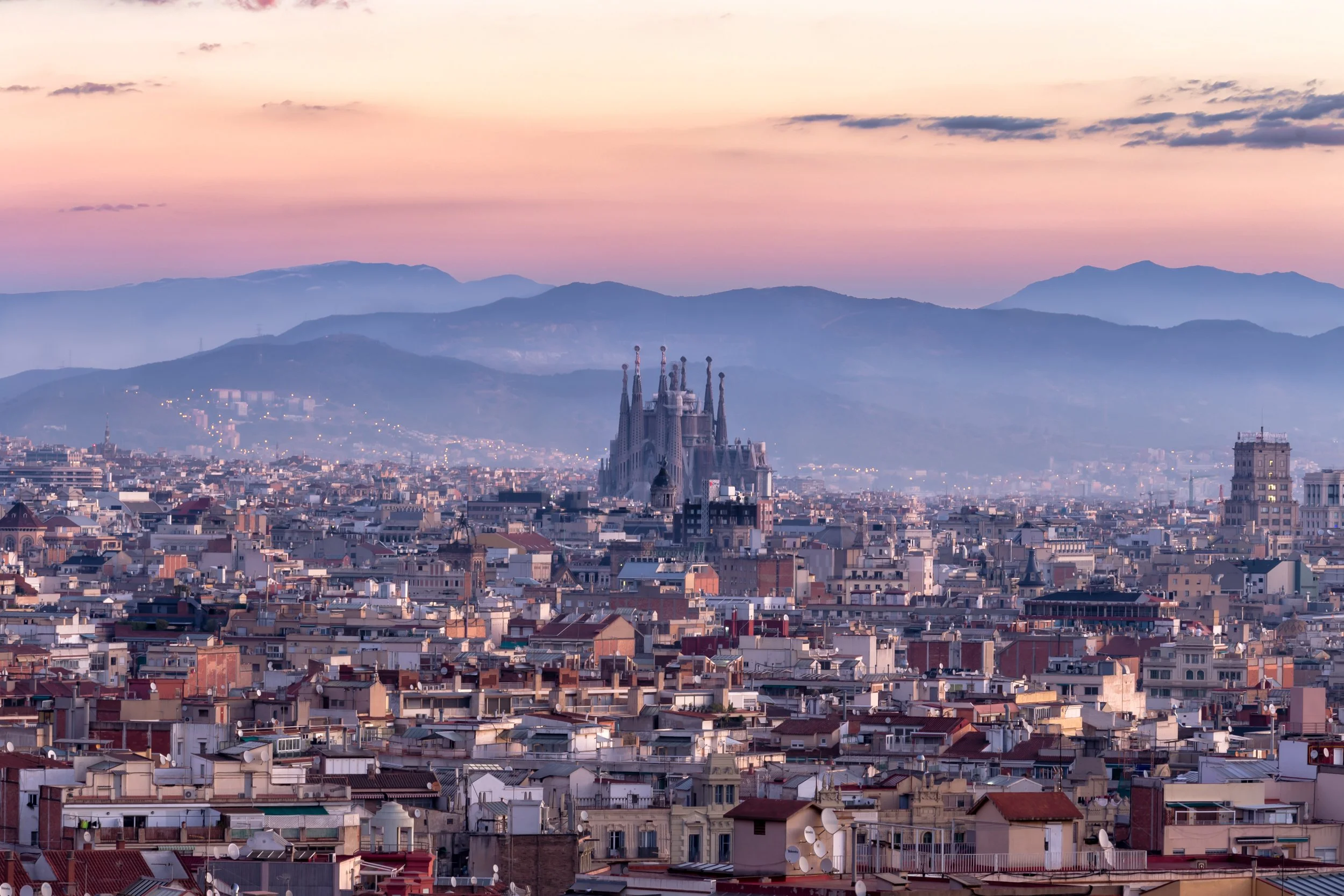
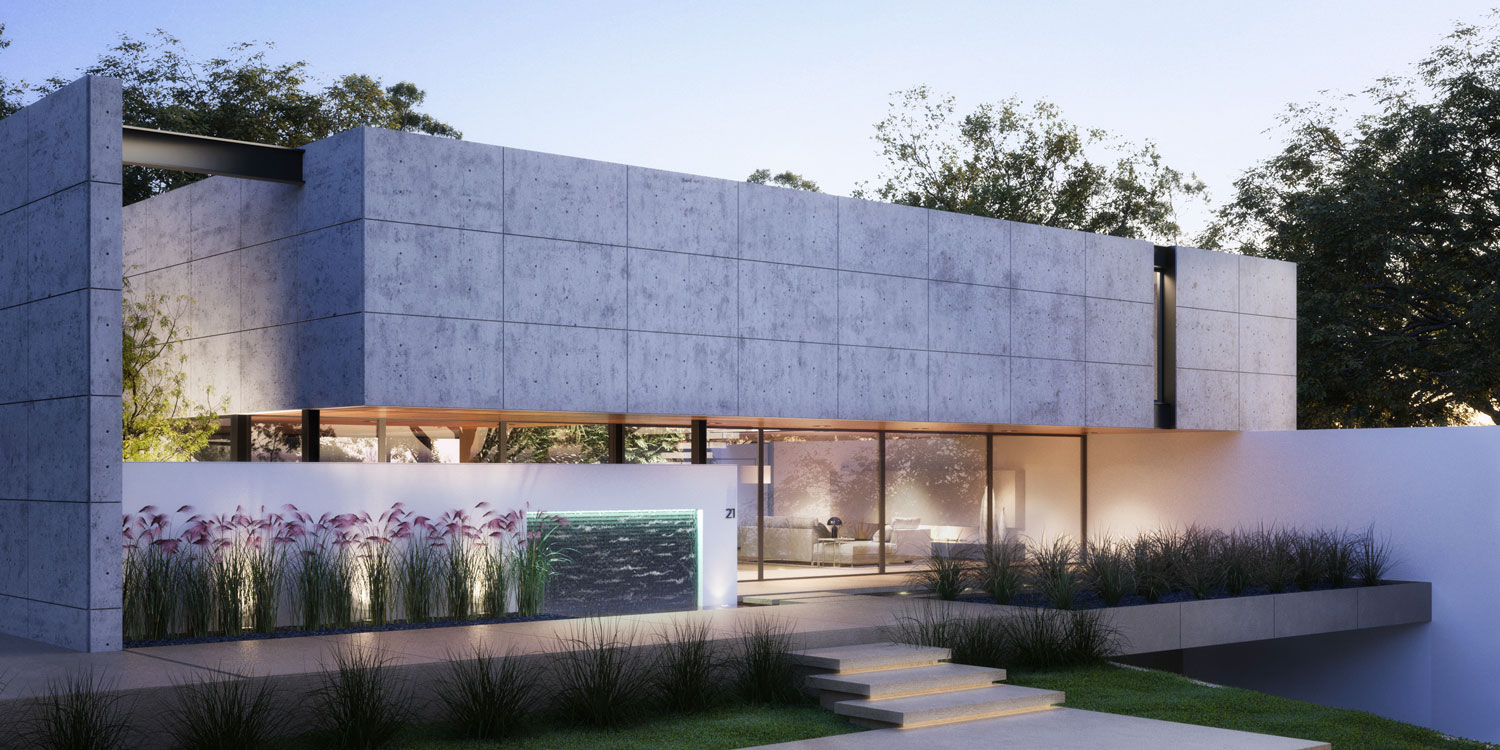



















Notre Dame Cathedral had the power to embed itself into more than just the cityscape. It made its way into the hearts of the people of Paris. When the Cathedral was engulfed in flames on April 15th, 2019, we were reminded that the architecture around us impacts our lives beyond functionality. Principal and Architect of ROST Architects, Mitchell Rocheleau, discusses the history, architecture, and the architectural power of Notre Dame Cathedral.